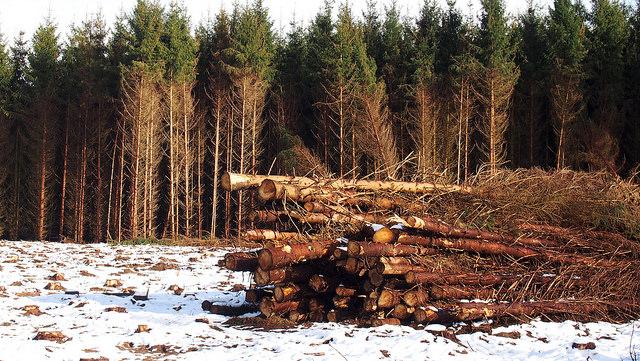You may have heard that natural gas has been replacing coal in many power plants, a shift which lowers carbon emissions from electricity generation. But there’s another form of energy that’s increasingly being used to replace coal: wood.
Wood pellets are a renewable energy source and there are circumstances where wood energy can reduce net CO2 emissions. Yet turning to biomass to generate electricity alters the economics of forestry and raises a number of sometimes-complex environmental questions.
Europe has created a market for large-scale pellet production by requiring every member country to increase their use of renewable energy and reduce their greenhouse gas emissions. Wood pellets are being used to replace coal by co-firing with coal in some older plants. In addition, new pellet-only capacity has been added to the European grid. Forests in the southeast US supplied nearly four million tons of wood pellets to European power generators in 2014.
But can forests provide a fuel source for power generation, while also supplying existing paper industries? Is burning biomass better than burning coal? Are current US and EU policies adequately addressing forest sustainability? To answer these questions, we have been researching how forests work, both ecologically and economically.
Is Wood Better Than Coal for Carbon Emissions?
On the one hand, burning wood for electricity generation produces between 10% and 35% more carbon emissions per unit of power than coal. That is, to generate one kilowatt of electricity, you would produce more carbon emissions from wood than coal. On the other hand, when trees are harvested from land that is kept as a forest, the new trees sequester carbon as they grow (trees are roughly half water and half carbon), reducing net carbon emissions from the earlier harvest.

